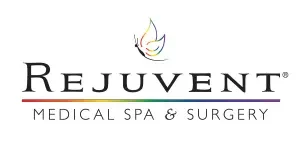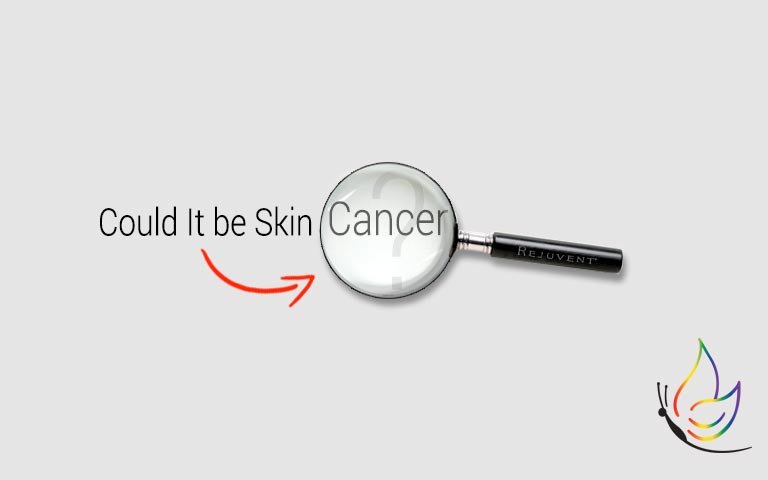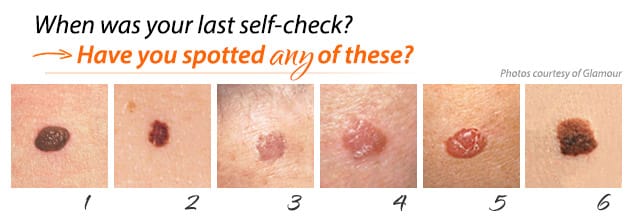Skin Cancer rates continue to climb – despite increased warnings. In the past few decades, the incidence of melanoma has risen 800 percent among women ages 18-39. Take measures to protect your skin daily, and perform regular skin checks to aid in early detection. Glamour magazine has published this self-check for seven years, and 84 readers were able to identify their own skin cancer or that of a loved one and sought treatment. We hope Rejuvent patients will do the same!
1- Normal Mole:
A small brown spot that’s symmetrical and all one shade and that hasn’t changed over the years is probably nothing to worry about.
2- Dysplastic Nevus:
AKA an “atypical mole”. This tends to be dark with irregular borders. It could become cancerous, so your doctor will remove it or keep a close eye on it.
3- Actinic Keratosis:
This potentially cancerous spot usually occurs on sun-exposed areas (scalp, lips, hands) and tends to look like a raised, rough, or scaly patch.
4- Squamous Cell Carcinoma:
Look for a reddish patch or wart-like bump that may crust or bleed. Get it checked out ASAP – left untreated, it may spread.
5- Basal Cell Carcinoma:
The most common type of skin cancer, BCC forms deep in the skin and looks like a raised pink growth or a sore that won’t heal.
6- Melanoma:
This dangerous cancer has an irregular shape with blurred borders and tends to be dark brown or black in color, but it can also be multicolored.
Please visit your dermatologist if you are concerned about any skin lesions. Annual full-body skin exams by a dermatologist are recommended for adults.
Read more about your skin cancer risk on the Skin Wiki Learning Section: Skin Cancer Risk Factors and What to do to Prevent it.


